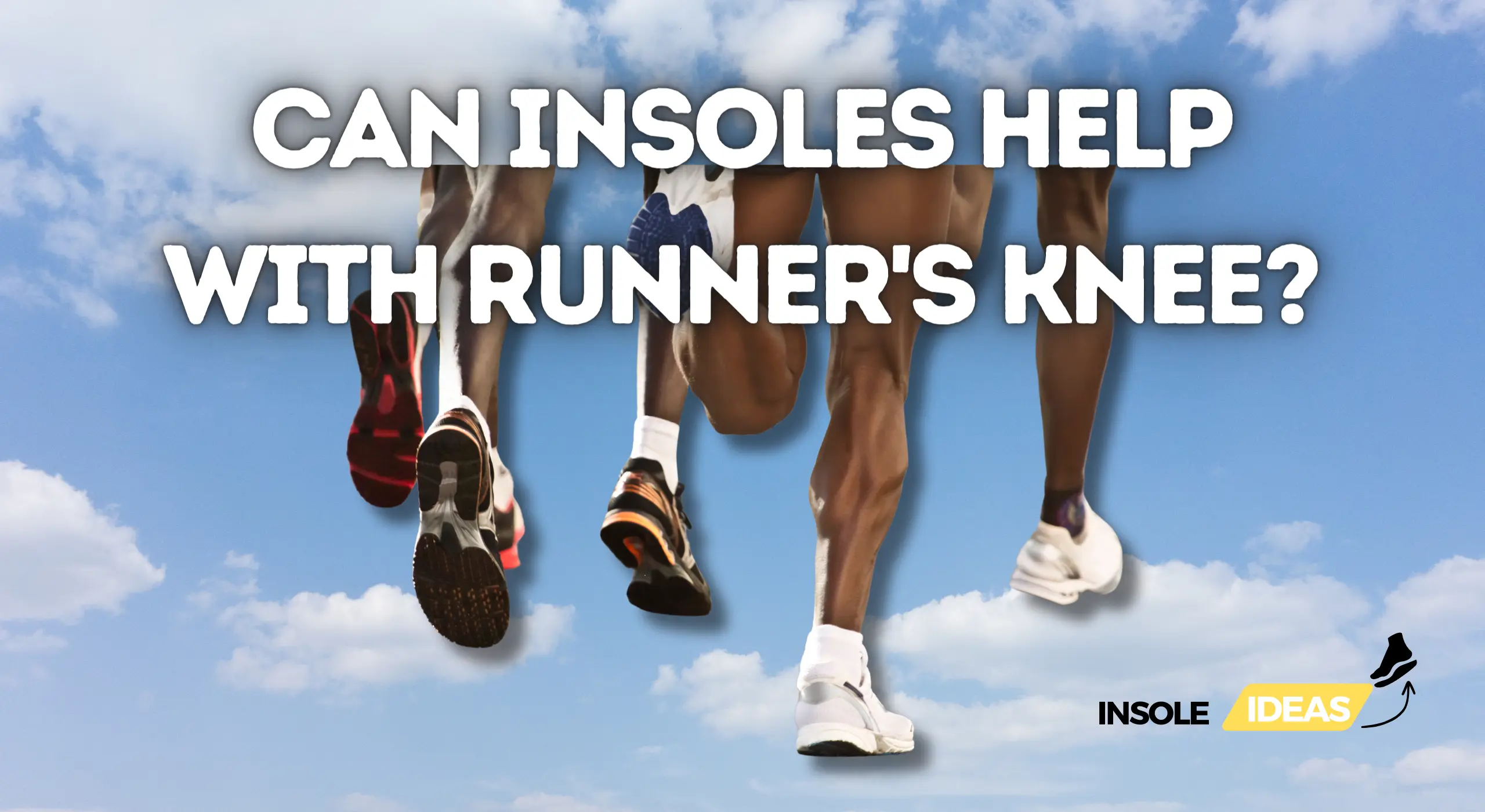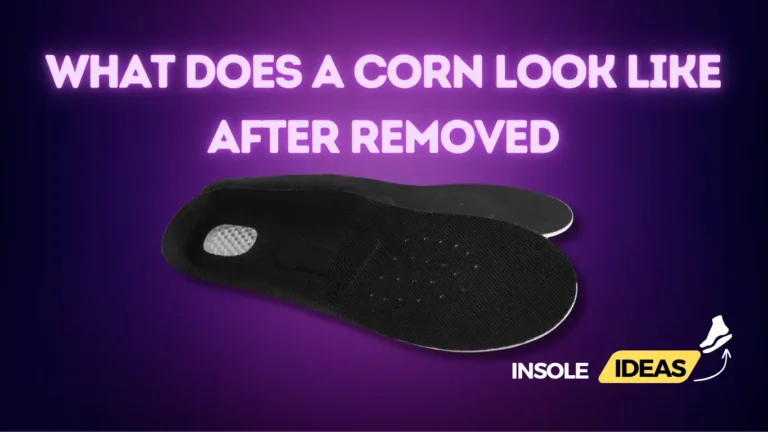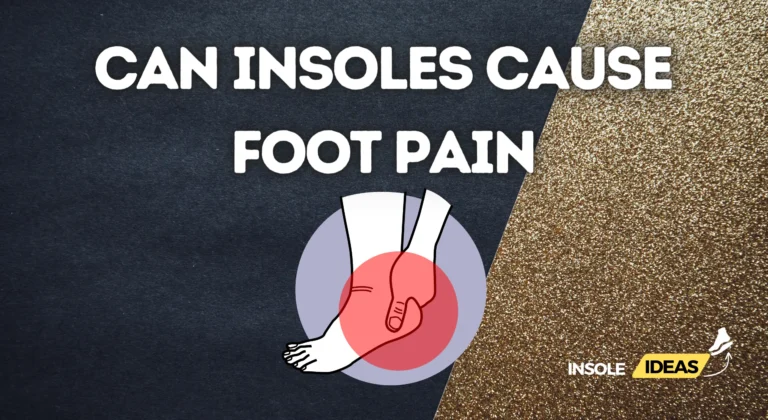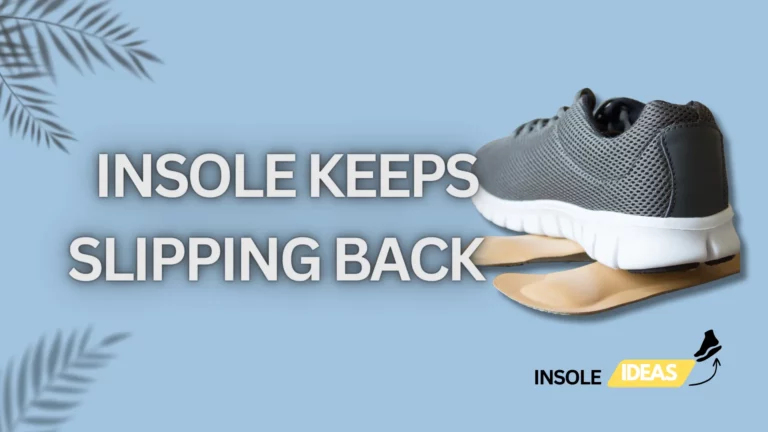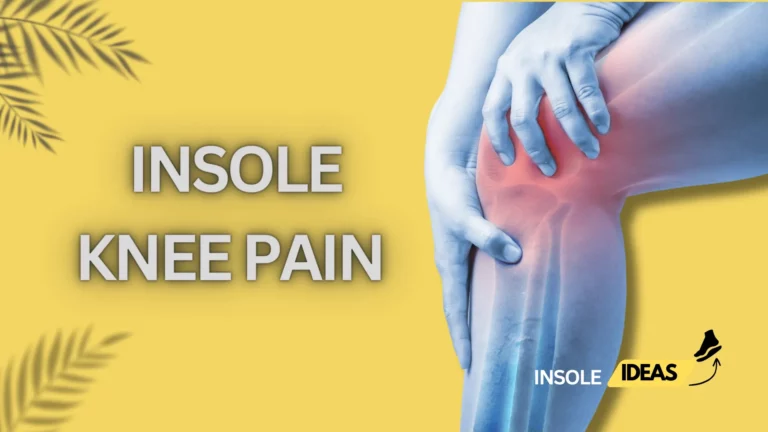Can Insoles Help with Runner’s Knee?
Explanation of Runner’s Knee
Runner’s knee, medically known as patellofemoral pain syndrome (PFPS), is a common knee condition characterized by pain around or behind the patella (kneecap). It typically occurs due to overuse, improper running technique, muscle imbalances, or biomechanical issues. Runner’s knee can affect runners, athletes involved in sports that require repetitive knee movements, as well as individuals with jobs or activities that involve prolonged knee bending.
Overview of the Role of Insoles in Managing Runner’s Knee
Insoles, also known as orthotics or shoe inserts, are devices placed inside shoes to provide support, cushioning, and alignment for the feet. While primarily used to improve foot mechanics and alleviate foot-related issues, insoles can also play a significant role in managing conditions like runner’s knee. By correcting foot alignment, reducing impact forces, and providing cushioning, insoles aim to alleviate pain and discomfort associated with runner’s knee, allowing individuals to continue their running or athletic activities with greater comfort and reduced risk of exacerbating the condition.
Understanding Runner’s Knee
Definition and Common Causes
Runner’s knee refers to pain around or behind the patella resulting from irritation of the soft tissues or misalignment of the kneecap. Common causes of runner’s knee include:
- Overuse or repetitive stress on the knee joint due to activities like running, jumping, or squatting
- Muscle imbalances or weakness, particularly in the quadriceps, hamstrings, and hip muscles
- Biomechanical issues such as abnormal foot pronation (flat feet) or excessive inward rotation of the knees during movement
Symptoms and Impact on Running Performance
Symptoms of runner’s knee may include:
- Dull, aching pain around or behind the patella, especially during or after physical activity
- Swelling or inflammation around the knee joint
- Crepitus (crackling or popping sensation) when bending or straightening the knee
- Difficulty performing activities that involve bending the knee, such as running, climbing stairs, or kneeling
Runner’s knee can significantly impact running performance by causing discomfort, reducing range of motion, and affecting overall biomechanics. Persistent pain may lead to decreased training intensity or frequency, hindering athletic progress and enjoyment of running activities.
Mechanism of Action of Insoles in Managing Runner’s Knee
How Insoles Can Provide Support and Cushioning
Insoles work by altering the biomechanics of the foot and ankle, which can indirectly affect the alignment and function of the knee joint. Here’s how insoles help manage runner’s knee:
- Support: Insoles provide structural support to the arches of the feet, redistributing pressure and reducing strain on the knee joint.
- Cushioning: Cushioned insoles absorb shock and impact forces generated during running or other high-impact activities, thereby reducing stress on the knee.
- Stability: Some insoles offer stability features that help control excessive foot motion, such as overpronation or supination, which can contribute to knee misalignment.
Alignment Benefits for Reducing Stress on the Knee Joint
Proper alignment of the lower extremities is crucial for minimizing stress on the knee joint and preventing or alleviating runner’s knee. Insoles can help improve alignment in several ways:
- Arch Support: Arch-support insoles help maintain the natural arch shape of the foot, preventing excessive inward rolling (pronation) or outward rolling (supination) that can lead to knee misalignment.
- Orthotic Support: Orthotic insoles are custom-made to address specific biomechanical issues, such as overpronation or leg length discrepancies, promoting optimal alignment and reducing strain on the knee.
- Shock Absorption: Cushioned insoles absorb impact forces generated during foot strike, reducing the transmission of shock to the knee joint and surrounding structures.
Types of Insoles for Runner’s Knee
Arch-Support Insoles
Arch-support insoles provide additional support to the arches of the feet, helping distribute pressure more evenly and reducing strain on the knee joint. These insoles are often recommended for individuals with flat feet or high arches, as well as those prone to overpronation or supination.
Orthotic Insoles
Orthotic insoles are custom-made devices designed to address specific biomechanical issues, such as overpronation, supination, or leg length discrepancies. By correcting foot alignment and function, orthotic insoles help reduce stress on the knee joint and alleviate symptoms of runner’s knee.
Cushioned Insoles
Cushioned insoles are made from soft, shock-absorbing materials that provide extra cushioning and comfort during running or other high-impact activities. While not specifically designed for addressing biomechanical issues, cushioned insoles can help reduce impact forces and alleviate discomfort associated with runner’s knee.
Research and Evidence
Studies Supporting the Effectiveness of Insoles
Research on the efficacy of insoles in managing runner’s knee has yielded promising results. Several studies have investigated the impact of various types of insoles on knee pain and function in runners:
- Randomized Controlled Trials (RCTs): RCTs comparing runners who use insoles versus those who do not have shown improvements in pain reduction, knee stability, and overall running performance with the use of insoles.
- Biomechanical Studies: Biomechanical analyses have demonstrated that certain types of insoles can modify foot and lower limb mechanics, leading to reduced knee load and improved alignment during running.
- Longitudinal Studies: Longitudinal studies tracking runners over extended periods have reported sustained benefits of using insoles in preventing recurrence of runner’s knee and enhancing long-term joint health.
Testimonials and Anecdotal Evidence
In addition to scientific research, numerous runners have reported positive experiences with using insoles to manage knee pain. Testimonials and anecdotal evidence from runners who incorporate insoles into their footwear regimen often highlight the following benefits:
- Pain Reduction: Many runners note a significant reduction in knee pain and discomfort when using insoles, allowing them to continue training without interruption.
- Improved Performance: Some runners report improvements in running efficiency, stride mechanics, and overall performance after using insoles, attributing these benefits to better foot support and alignment.
- Enhanced Comfort: Insoles provide additional cushioning and support, resulting in a more comfortable running experience, especially during long-distance or high-intensity workouts.
Recommendations and Best Practices
When to Consider Using Insoles for Runner’s Knee
It is advisable to consider using insoles for runner’s knee in the following circumstances:
- Persistent Knee Pain: If you experience persistent or recurrent knee pain during or after running, despite proper training and rest.
- Biomechanical Issues: If you have biomechanical issues such as overpronation, supination, or flat feet that contribute to knee pain and dysfunction.
- Rehabilitation: As part of a comprehensive rehabilitation program for recovering from runner’s knee or other lower limb injuries.
Choosing the Right Type of Insoles
When selecting insoles for runner’s knee, consider the following factors:
- Foot Type: Choose insoles that address your specific foot type and biomechanical needs, such as arch support or cushioning.
- Activity Level: Select insoles designed for running or athletic activities, with features tailored to the demands of your sport.
Customization Options: Consider custom-made orthotic insoles for personalized support and correction of biomechanical issues.
Proper Fitting and Usage Tips for Insoles
To maximize the effectiveness of insoles for runner’s knee, follow these fitting and usage tips:
- Ensure proper sizing and fit by trimming insoles to match the shape of your shoes.
- Gradually introduce insoles into your running routine to allow your feet to adapt to the changes in support and cushioning.
- Replace insoles regularly, as worn-out or compressed insoles may lose their effectiveness in providing support and shock absorption.
Conclusion
Summary of the Potential Benefits of Using Insoles for Runner’s Knee
Insoles offer a non-invasive and cost-effective intervention for managing runner’s knee, providing support, cushioning, and alignment correction to alleviate pain and improve running performance.
Final Thoughts on the Efficacy of Insoles in Managing Knee Pain for Runners
Overall, insoles can be a valuable tool in the arsenal of strategies for preventing and managing runner’s knee. However, individual responses may vary, and it is essential to consult with a healthcare professional for personalized recommendations and treatment plans tailored to your specific needs and circumstances.

